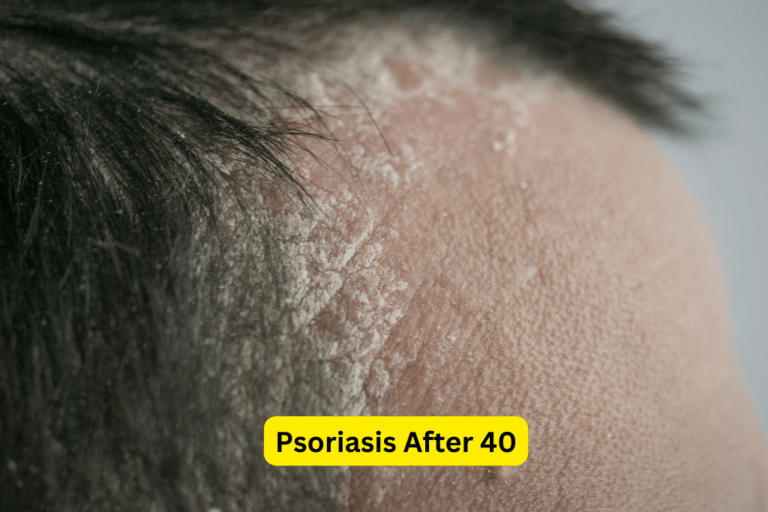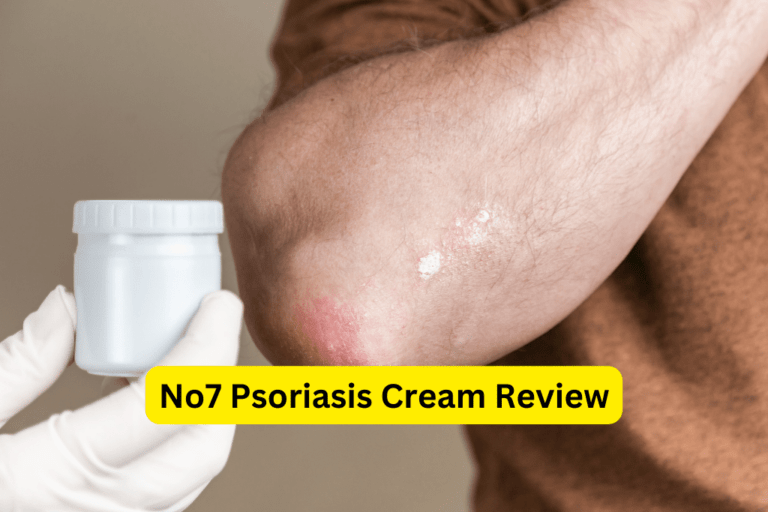Discover the Beauty of Psoriasis with a Stunning 3D Model
Psoriasis 3D Model
Psoriasis, a chronic skin condition that affects millions of people worldwide, can be challenging to understand and visualize. However, with the advent of 3D modeling technology, we now have a powerful tool at our disposal to delve deeper into the intricacies of psoriasis. In this article, we will explore the definition of psoriasis, the importance of 3D models in understanding the condition, and provide an overview of what this article entails.
Understanding Psoriasis
Overview of Psoriasis
Psoriasis is a chronic autoimmune disease that affects the skin, leading to the rapid buildup of skin cells. This results in red, raised, and scaly patches that can be itchy and sometimes painful. It is important to note that psoriasis is not contagious.
The prevalence of psoriasis varies across different populations, with approximately 2-3% of the global population affected. It can occur at any age, although it most commonly develops between the ages of 15 and 35.
Causes of Psoriasis
Psoriasis is a complex condition with multiple factors contributing to its development. Genetic factors play a significant role, as individuals with a family history of psoriasis are more likely to develop the condition. Environmental triggers, such as stress, injury to the skin, and certain medications, can also lead to the onset or exacerbation of psoriasis. Additionally, the immune system plays a crucial role in psoriasis, as an overactive immune response leads to inflammation and the rapid turnover of skin cells.
Symptoms of Psoriasis
Psoriasis presents with a variety of symptoms, including red patches of skin covered in thick, silvery scales, itching, and dryness. It commonly affects areas such as the elbows, knees, scalp, and lower back, but can appear anywhere on the body. There are several types of psoriasis, including plaque psoriasis, guttate psoriasis, inverse psoriasis, pustular psoriasis, and erythrodermic psoriasis, each with its own distinct characteristics and presentation.
Introduction to 3D Modeling in Medical Science
Definition and Importance of 3D Modeling
3D modeling refers to the creation of three-dimensional digital models that accurately represent the anatomy or structure of a subject. In the field of medical science, 3D modeling has revolutionized the way we visualize and understand complex conditions like psoriasis. It allows us to explore the intricacies of the disease in a dynamic and interactive manner.
Applications of 3D Modeling in Medicine
The applications of 3D modeling in medicine are vast and ever-expanding. It can be used for preoperative planning, surgical simulations, medical education, and patient communication. In the context of psoriasis, 3D models offer a unique perspective on the disease, enabling healthcare professionals, researchers, and patients alike to explore its intricacies.
Benefits of 3D Models for Understanding Psoriasis
There are several benefits to utilizing 3D models for understanding psoriasis:
- Visual Representation: 3D models provide a visual representation of psoriasis that goes beyond static images or text descriptions. They allow us to see the disease from different angles and perspectives, enhancing our understanding of its characteristics.
- Interactive Learning: With 3D models, we can interact with the disease in a virtual environment, allowing us to explore different aspects of psoriasis and its impact on the skin. This interactive learning experience enhances comprehension and engagement.
- Simulation of Psoriasis Development: 3D models enable us to simulate the development and progression of psoriasis. By visualizing how the disease affects the skin over time, we can gain valuable insights into its course and potential treatment strategies.
Development of a Psoriasis 3D Model
Methodology and Techniques Used
The development of a psoriasis 3D model involves a multi-step process:
- Data Collection: Relevant data, such as medical images and patient information, is collected to build an accurate representation of psoriasis lesions.
- Image Processing and Reconstruction: The collected data is processed and reconstructed into a three-dimensional model using specialized software and algorithms.
- Rendering and Modeling: The 3D model is rendered and modeled to accurately represent the anatomical structure of psoriasis lesions. This process involves adding details such as color, texture, and depth to enhance realism.
Challenges Faced during Psoriasis 3D Model Development
Developing a psoriasis 3D model poses several challenges, including the complexity of the disease, variability in lesion presentation among individuals, and the need for accurate representation of the different types of psoriasis. Additionally, obtaining high-quality medical imaging data and ensuring seamless integration with other medical imaging techniques can be challenging.
Collaboration with Healthcare Professionals and Researchers
Creating a robust and accurate psoriasis 3D model requires collaboration between 3D modeling experts, healthcare professionals, and researchers. By combining their knowledge and expertise, the resulting model can offer valuable insights and drive advancements in psoriasis research and treatment.
Features and Functionality of the Psoriasis 3D Model
Detailed Anatomy and Lesion Presentation
The psoriasis 3D model provides a detailed representation of the skin’s anatomy, allowing for a comprehensive understanding of the disease. It accurately depicts the different types of psoriasis lesions, including their size, shape, and distribution.
Interactive Features for Exploration and Education
The interactive nature of the psoriasis 3D model enables users to explore different aspects of the disease. Users can manipulate the model, zoom in on specific areas, and interact with the lesions to gain a deeper understanding of their characteristics.
Customization Options for Different Types of Psoriasis
Given that there are several types of psoriasis, the 3D model offers customization options to accurately represent each variant. Users can toggle between different types of psoriasis to observe the variations in lesion presentation and gain insights into their unique features.
Integration with Other Medical Imaging Techniques
The psoriasis 3D model can be integrated with other medical imaging techniques, such as magnetic resonance imaging (MRI) or computed tomography (CT) scans, to provide a comprehensive visualization of the disease. This integration enhances the accuracy and depth of understanding.
Benefits and Applications of the Psoriasis 3D Model
Education and Training for Medical Professionals
The psoriasis 3D model serves as a valuable educational tool for medical professionals. It allows them to visualize and understand the disease in a realistic manner, aiding in accurate diagnosis and treatment planning.
Patient Education and Empowerment
By utilizing the psoriasis 3D model, healthcare providers can effectively educate and empower patients about their condition. Patients can gain a better understanding of psoriasis and actively participate in treatment decisions.
Research and Development in Psoriasis Treatments
The psoriasis 3D model supports research and development efforts in finding innovative treatments for psoriasis. By simulating the disease and testing potential interventions, researchers can evaluate the efficacy of different treatment strategies in a controlled environment.
Collaboration Among Psoriasis Specialists
The psoriasis 3D model encourages collaboration among specialists by providing a common visual platform to discuss and analyze cases. This collaborative approach can lead to improved patient outcomes and the sharing of valuable insights and treatment approaches.
Future Possibilities and Advancements in Psoriasis 3D Modeling
Advancements in Imaging Techniques
As imaging technology continues to advance, the quality and detail of psoriasis 3D models will improve. Higher resolution imaging techniques, such as high-field MRI or advanced optical coherence tomography (OCT), can provide more accurate and realistic representations.
Real-time Visualization and Simulation
Real-time visualization and simulation capabilities hold promise for the future of psoriasis 3D modeling. This would enable dynamic representations of psoriasis development and response to treatment, enhancing the understanding of disease progression and treatment outcomes.
Integration with Virtual Reality (VR) and Augmented Reality (AR)
The integration of psoriasis 3D models with virtual reality and augmented reality technologies could enhance the immersive and interactive educational experience. Users could virtually navigate and interact with the psoriasis lesions, further deepening their understanding of the condition.
Enhanced Accuracy and Precision in Modeling Psoriasis
Advancements in modeling techniques and algorithms will result in more accurate and precise representations of psoriasis. This will allow for a better understanding of the disease’s complexities, aiding in the development of targeted treatments.
Conclusion
Recap of Key Points
The use of 3D modeling in understanding psoriasis offers numerous advantages, including visual representation, interactive learning, and simulation capabilities. Through collaboration with healthcare professionals and researchers, psoriasis 3D models have been developed to accurately depict the disease’s anatomy and the different types of lesions.
Importance of Psoriasis 3D Model for Advancing Psoriasis Understanding and Treatment
The psoriasis 3D model serves as a powerful tool for medical professionals, patients, and researchers. It enhances education, aids in accurate diagnosis and treatment planning, and promotes collaboration among specialists. Furthermore, ongoing advancements in imaging technology and modeling techniques will further refine and enhance psoriasis 3D modeling capabilities.
Future Direction and Potential Impact of Psoriasis 3D Modeling
The future of psoriasis 3D modeling holds significant potential for advancing our understanding of the disease and improving treatment outcomes. As technology continues to evolve, the integration of virtual reality, augmented reality, and real-time visualization will further enhance the educational and research possibilities offered by psoriasis 3D models.
"Have You Seen Mike Walden's new holistic acne System yet? It's called "Acne No More" I've read the whole thing (all 223 pages) and there's some great information in there about how to naturally and permanently eliminate your acne without drugs, creams or any kind of gimmicks. I highly recommend it - it's very honest and straightforward without all the hype and b.s. you see all over the net these days. Here's the website where you can get more information:
Click Here -->AcneNoMore









